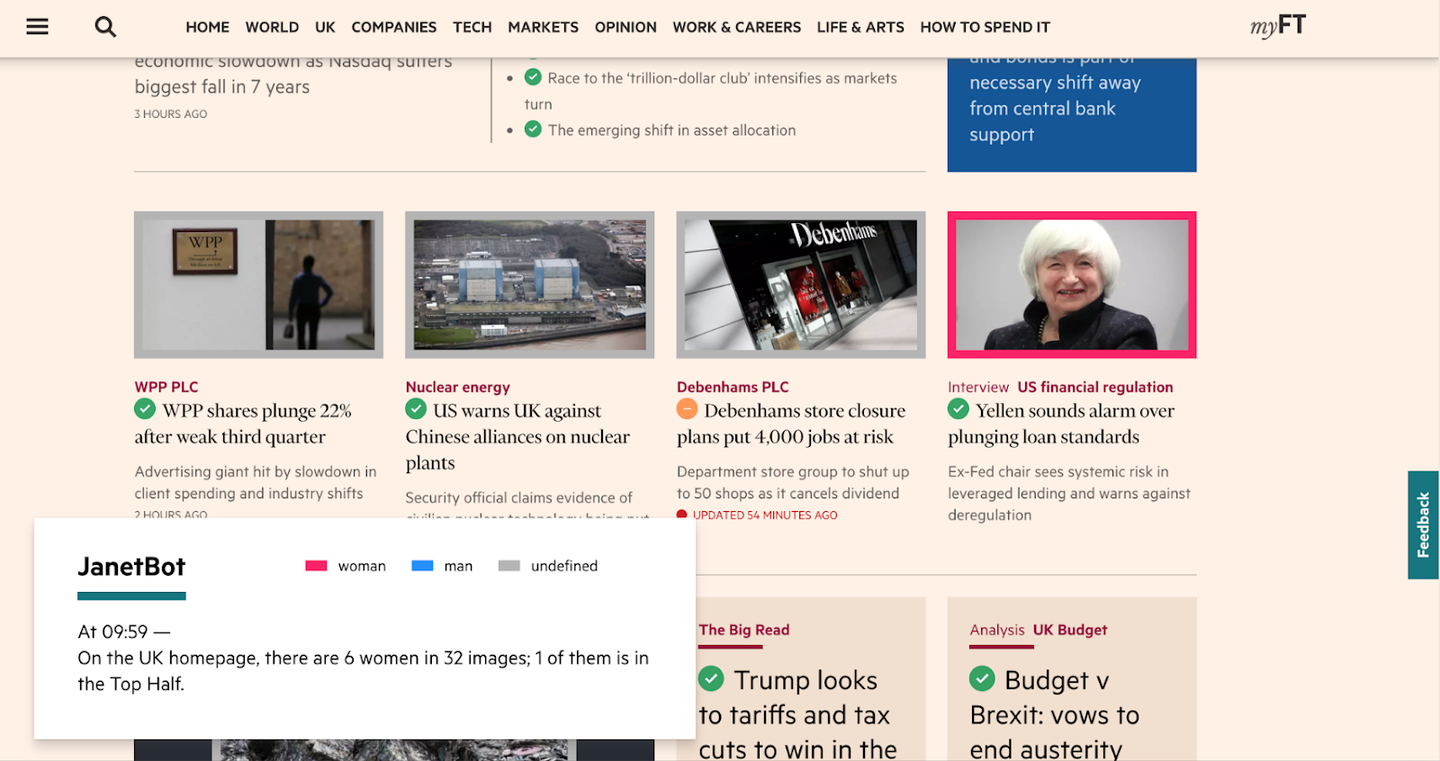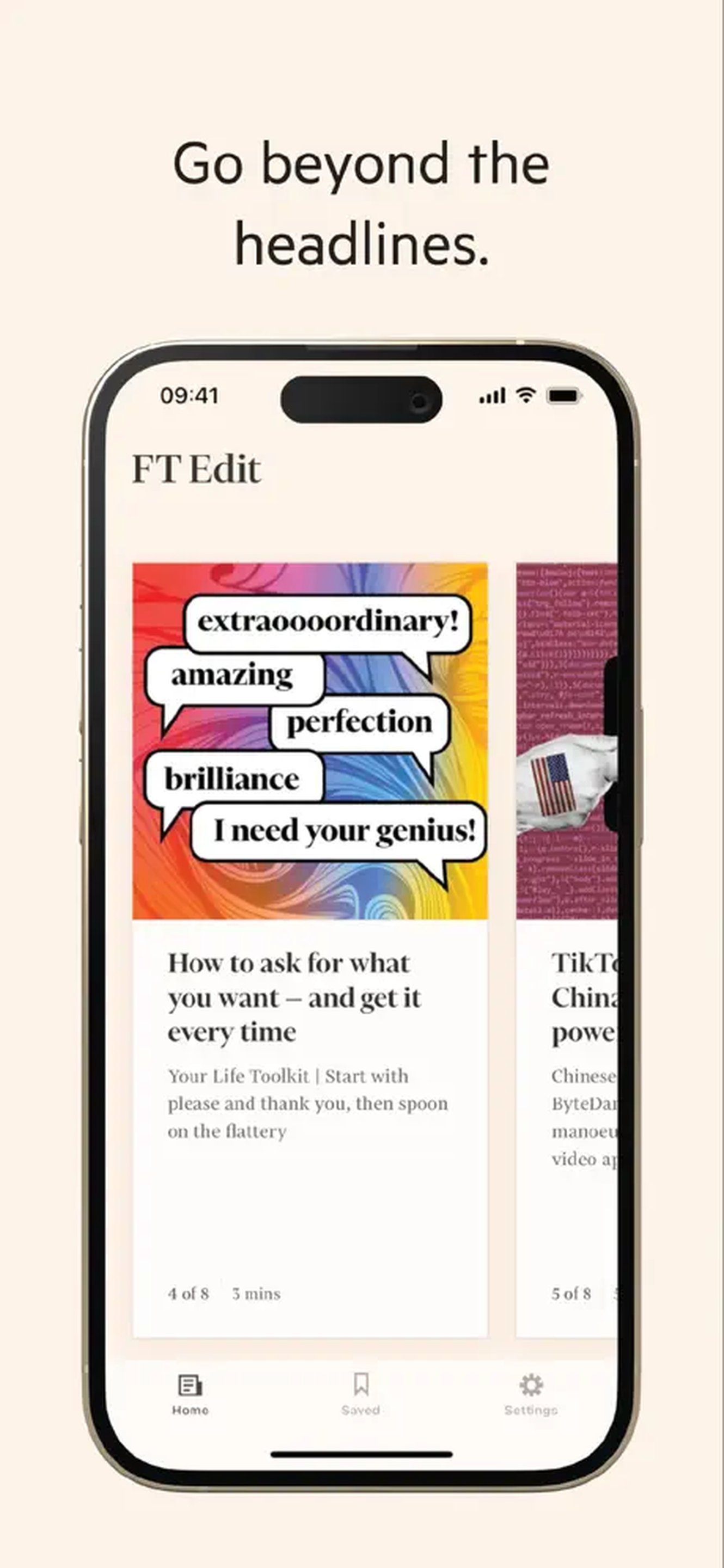Audience diversity is one of the biggest opportunities for the news publishing industry. Looking at gender, for instance, there are huge discrepancies in how men and women experience and engage with publishers. According to the Reuters Institute Digital News Report 2023, self-declared interest in news is lower among women. Active participation in online news (i.e. sharing and commenting) is declining and becoming less representative, with 25% of men participating compared with 19% of women. And more women than men (35% vs 24%) find news about finance and the economy difficult to understand.
We have found that many organisations recognise that there are two big reasons to prioritise audience diversity. Firstly, this topic represents a chance to reach more customers and grow revenue. And secondly, the entire news ecosystem will be stronger when everyone in society can engage with it. All types of diversity represent an opportunity (e.g. age, ethnicity, socio-economic background), and each will have its own nuances. In this blog post, we focus on the steps required to broaden the gender reach of a news organisation.
1. Build an organisation-wide approach to tackle the drivers of audience diversity
Publishers looking to tackle the gender diversity of their audience must first recognise that there are many factors involved. The demographic composition of your readers is likely to be a product of some combination of the following:
Your brand. Models for understanding ‘brand essence’ range from Keller’s ‘Brand Pyramid’ to Bates’s ‘Brand Essence Wheel’. These models show that brand perception is a mix of: features and attributes, functional benefits, emotional benefits, brand personality, and core values. Marketers have long been aware that certain characteristics lead women to prefer certain brands to others.
Your culture. Diverse teams have a better chance of understanding and reaching a broad customer base. However, a diverse workforce is not enough. Your ways of working must support women in their specific employment needs (e.g. progressive parental leave policies). And your departmental processes should support people in making a contribution on the basis of their perspective and expertise.
Your content. Audiences engage with news organisations primarily via content. There are several ways that your content may help reach women, from the topics covered and the choice of content formats to the channels used to deliver that content.
Because there is no single factor that determines audience diversity, it is clear that tackling it requires a cross-functional approach. Broad leadership buy-in is required to coordinate action across these three pillars. It also means you need to be tracking the right metrics to quantify your progress.
2. Track the right audience data
Having access to the right data is critical to understanding your audience diversity challenge, and quantifying the success of any initiatives. At FT Strategies, we’ve worked with many publishers who simply do not have an accurate way of tracking how certain demographic groups are interacting with their content. This makes audience diversity impossible to address.
Off-the-shelf analytics tools can help, but they have limits. In terms of anonymous traffic, some third-party tools can provide summary demographic data (e.g. gender, age range, etc). Depending on the tool and the nature of the traffic, this data may be inferred. For example, Google Analytics uses data about people’s activity on Google sites and apps to predict categories such as gender, age and marital status. One challenge is that these estimates are not always accurate (if you’re interested to see what the results might look like in practice, you can see what Google Ads infers about you here). Another problem is that you are not in control of what data is available, and may not be able to connect it with your own datasets.
Demographic data becomes easier with a first-party data strategy – data that is typically captured during a subscription or registration sign-up flow. While capturing demographic information can help with Audience Diversity (and many other initiatives), there is a tension: adding additional form fields to sign-up flows can add friction. For that reason, the Financial Times has historically minimised data collection in the subscription sign-up flow and has instead inferred demographics (e.g. gender) based on other data that is collected (e.g. reader’s names). Just as with Google’s inferred data, we can expect some inaccuracy in these predictions – the question is whether they are ‘accurate enough’ to be useful.
Beyond analytics data, publishers can also use methods such as user research and surveys to collect data about audience diversity. For example, as part of the BBC 50/50 project, the Audiences team conduct surveys that allow them to measure the subjective impact of diversity measures.
Finally, if you do collect first-party data around personal characteristics, it’s critical to ask for this information in an inclusive way. There are plenty of resources that can help with this. For example, the UK Government Digital Service has published ‘Ask users for equality information’ design patterns.
3. Pick the right tactics to engage women
Once you understand some of the causes of this challenge, it becomes important to identify the best ways to act. There are a variety of tactics available.
One internal cultural initiative available to news organisations is improving the diversity of journalists and contributors. As part of the 50/50 project (mentioned above), the BBC experimented with changing the gender balance of visible newsroom teams and on-air contributors. In their 2022 audience survey, the BBC found that 69% of viewers had noticed more women in content, and of female audiences aged 16 to 24, 80% said they enjoy BBC online content more as a result of seeing and hearing from more women.
As well as improving the diversity of content contributors, news organisations should also consider changes to editorial content. As part of an initiative to reach more female readers, the Financial Times heard feedback that the home page was dominated by ‘men in suits’. To address this, a team at the Financial Times developed an internal analytics product called JanetBot.
JanetBot was designed to make the challenge of diversity visible to internal teams. This product uses machine learning to determine which images on the homepage include men or women. This data is then made available on the homepage via an internal plugin, and a report is sent to the Editorial team’s Slack channel. Editorial teams can then make decisions based on this. This might be as simple as changing the chosen image for a story, or a more involved content strategy adjustment (e.g. commissioning more interviews with female leaders).










4. Deliver genuine long-term habit change by engaging women in new ways
Many well-intentioned diversity initiatives fail to deliver genuine long-term change. While publishers might find it relatively straightforward to improve the gender mix at the top of the funnel, a tougher challenge is sustaining engagement among new audiences and converting them into paid readers.
Luckily, we can turn to the many tactics commonly used to drive engagement among readers (see ‘Subscriber engagement’ on the FT Strategies blog). Newsletters, personalisation and apps are great ways to build and sustain engagement among readers, so adapting these tactics for specific readers can be a great way to achieve sustained audience diversity. For example, as part of a drive to improve engagement by female readers, The Financial Times created the ‘Long Story Short’ newsletter, written each week by a different woman journalist from the FT’s global team.
One recent example shows how diversifying your audience may involve deeper changes to your product and value proposition. FT Edit, a new low-price condensed experience via a distinct app, was created by the Financial Times to convert audiences at the top of the funnel. Prior to launching this app, 26 million people were interacting with the FT via social media, search and the homepage. but conversions to subscribers were low. However, user research indicated a unique opportunity for this audience, which included women and other underrepresented audiences (those that skewed older and younger than the typical FT audience)
As FT Edit editor Malcolm Moore told Press Gazette: ‘They’re people who are tired of doom scrolling, they’re tired of the endless news cycle, they’re tired of just having so much information thrown at them all the time.’ FT Edit was designed in response, giving readers access to eight of the best FT stories each week. One year after launch, FT Edit had reached 140,000 downloads.





How Diversify can help
Diversify by FT Strategies is a product that allows publishers to understand how audiences interact with their content online by combining analytics data and news articles. This data is analysed with machine learning and algorithms based on our knowledge of helping other publishers with audience diversification.




